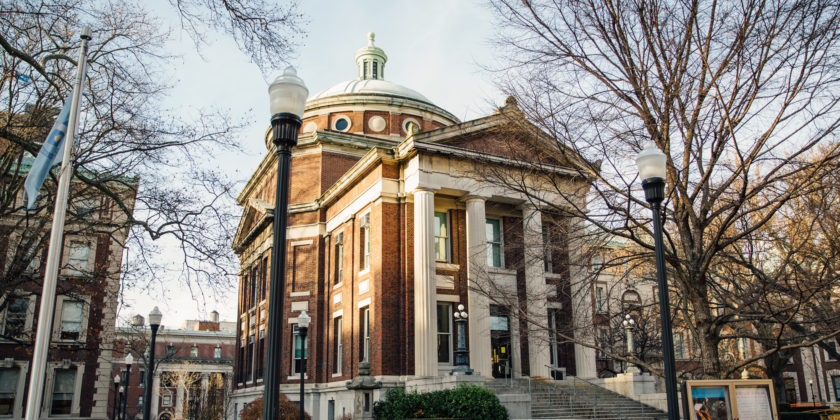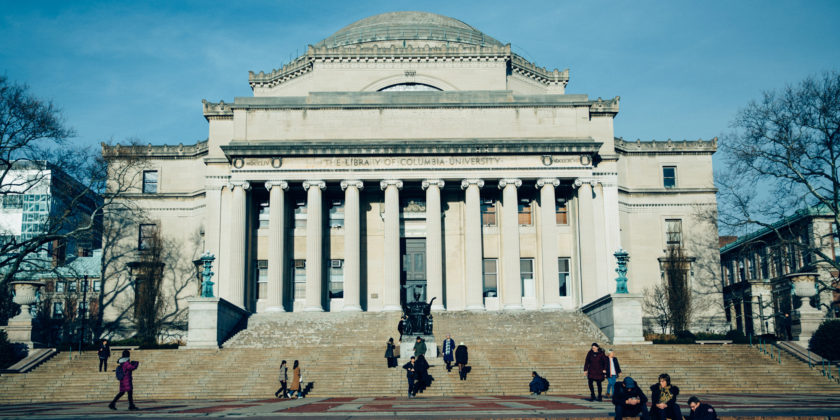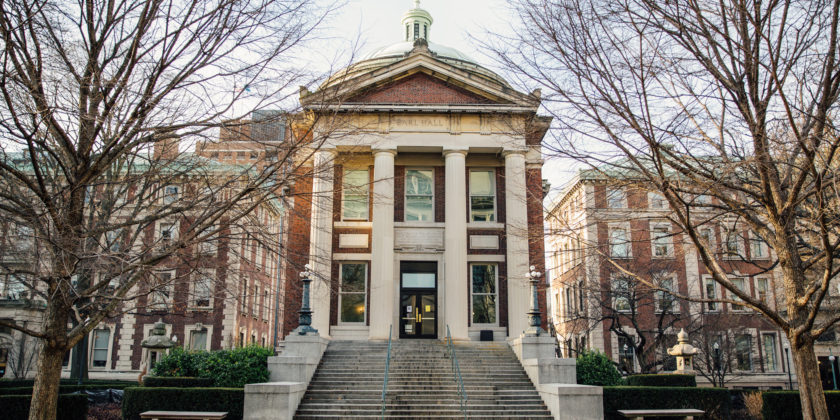The Best Summer Programs for High School Students: Entrepreneurship
We have broken out entrepreneurship programs into a new post because of the popularity of exploration in this field. And yes, we know many summer programs will not run this summer, but we are going to share anyway for anyone looking ahead to next summer 🙂
Find some of our favorites below!
LaunchX
Join a highly-curated group of promising young entrepreneurs from around the globe for four intense weeks. You’ll learn from industry experts and work in a group of peer co-founders to build real products and solve business challenges in viable ways. LaunchX isn’t a business plan competition – students start real companies. These startups are driven by using the design thinking process to discover innovative opportunities, backed by extensive market research, multiple iterations of prototypes and user testing, and gaining traction through getting real customers and partnerships. Learn more here.
Cornell University, Social Entrepreneurship: Transforming Lives, Resolving Problems
This highly interactive, award-winning program tackles nothing less than helping you identify your hopes, dreams, and plans for transforming yourself and the world. The course is fast-paced and largely discussion-based. Under the leadership of Dr. Anke Wessels, you’ll learn the fundamental principles for solving problems, fostering innovation, and creating change—and you’ll then apply this knowledge to your own social venture. Learn more here.
Babson College, Introduction to the Entrepreneurial Experience
Introduction to the Entrepreneurial Experience allows you to develop your problem-solving and teamwork skills that you can apply in limitless settings, including business, nonprofit, government, and your career. In this course, we “learn by doing” and explore social, economic, and environmental problems through an entrepreneurial lens. You’ll gain exposure to key concepts in entrepreneurship, management, marketing, finance, business communication, and other disciplines. Learn more here.
The University of California, Berkeley, Berkeley Business Academy for Youth
Great ideas are everywhere. Yet, great businesses built on top of great ideas are far more rare. B-BAY, a proven business program for youth, lets you experience the powerful combination of great ideas and great business sense by developing a business idea and creating your team’s business plan—all in just two weeks. Learn more here.
Non-“Program” Ideas We Love
Khan Academy Modules
Free Online Classes from Top Colleges & Universities
Books
- Outliers
- Lost and Founder
- The Lean Startup
- Good to Great
- Zero to One
Internships/Job Shadow/Volunteer
- Ask us about this one via contact form here!
*Stay in the know! Subscribe*








